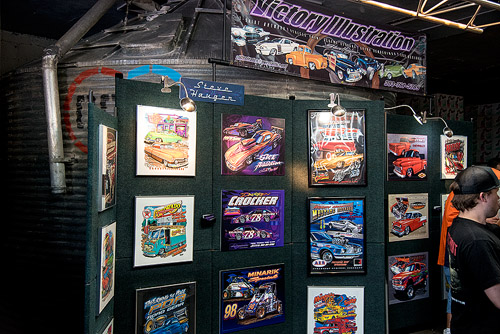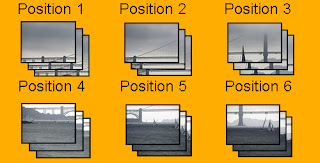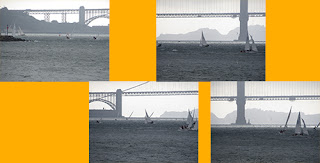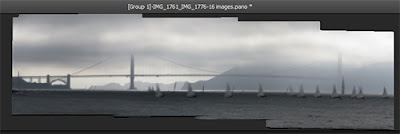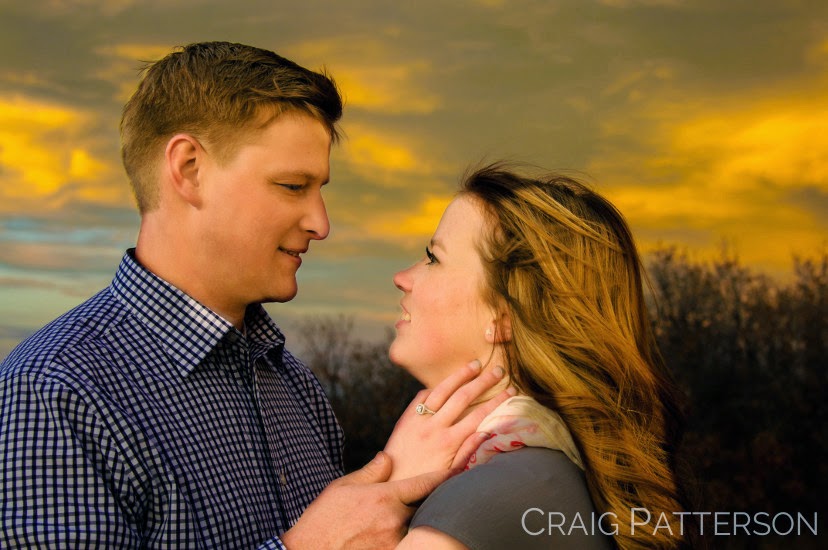Intro
I'm not going to be buying the Tamron 150-600mm superzoom. Since my reasons are my own alone, I'm going to give you the pluses and minuses, and let you decide for yourself. And I'm actually hopeful that my condemnation of the lens might actually cause you to buy it, since we're all looking for different things.
I read reviews of camera gear just like any other photographer, and some of them can be quite helpful. Others not so much. Sometimes I want to see specs, sometimes not, sometimes a user experience, sometimes I don't care, you get the idea. My interests are varied, depending on the gear and why I'm looking at it.
A quick note for ALL reviewers of ALL camera bodies and lenses, though: Stop including tiny sample images in your posts and reviews! They're absolutely worthless. It does no one any good to see a 35 Meg image shrunk to 1000 pixels wide, thinking that it tells us something about the camera or lens. If you're going to include images, then either crop them to 100% view, or include the full-resolution images behind a click. And even then, you MUST include a comparison image of something else in order for the image to mean anything at all.
Why Do This?
Since I don't really do gear reviews, one might wonder why I'm "reviewing" this lens in the first place. I've mentioned previously, and in almost every conversation I have with fellow photographers, that your gear doesn't really matter, so why bother caring now? The answer is that I will attempt to prove my assertion by looking at a piece of gear much more expensive than what I currently use. I approached the Tamron with an open mind; I was fully prepared to buy it to replace an aging lens I depend on every day.
The Baseline Lens
 |
| Nikon 100-300mm f/5.6 (Image courtesy Leicashop.com) |
For landscapes, macro work, and even some automotive shoots, I currently use the Nikkor 100-300mm f/5.6 lens. It's completely manual in every way. It has no autofocus, no auto aperture, no image stabilization, no nothing. It's a piece of glass with two adjustment rings on it, one of which has two functions. Since you can't use the camera to help you control the way the lens works (and because it's an f/5.6 - very slow), it's practically impossible to use it for wildlife photography, and almost as difficult for motorsports. There is no lens profile in LightRoom or Adobe RAW, and Adobe will never make one. I bought it for $65 off of EBay about six years ago, and it had minor pitting internally, though it wasn't noticeable in the final image. Fast forward to today, and the pitting has gotten worse. Anything shot with an aperture smaller than f/8 (meaning higher numbers, up to f/32), has hundreds of dark blotches everywhere in the shot, making the lens useless except for f/8 and f/5.6. That makes the lens, in today's market, worth exactly nothing. And sometime in the near future, the pitting will increase to the point that I'll have to just throw it away.
But the shots it does take look extremely nice. The focus is good, the vignetting is controllable, and the distortion is smooth enough that I almost never even correct for it because it doesn't bother me, particularly when I combine 300 shots to make a panoramic image.
The Contender
 |
| Tamron 150-600mm f/5-6.3 (Image courtesy Tamron) |
This is Tamron's SuperZoom, the 150-600mm. Its f-stop capability varies between f/5 and f/6.3, depending on the zoom level. It has everything the Nikkor above doesn't have: camera-adjustable focus and aperture, a really good image stabilization system, and a tripod ring, so that it can sit on the tripod head with a heavy camera on the back and still be balanced. You can read plenty of other details about it everywhere else on the web if you want to, but that should really be enough talk about specs.
Lens-to-Lens Shot Comparison
Both of these shots were taken at 300mm, using the same f/8, 1/800, ISO 100 settings.
 | | |
| Nikkor 100-300mm, 100% crop from center of frame. f/8, 1/800, ISO100 |
 |
| Tamron 150-600mm, 100% crop from center of frame. f/8, 1/800, ISO100 |
For me, this is the most crucial test. Sometimes it's important to look for chromatic aberration, pincushioning, or any of a couple of dozen other behaviors, but these two lenses are fairly comparable in all those areas - not amazing, but actually quite good. So let's not waste time with that.
The Tamron took in a little more light (and thus, color intensity) at the same setting, which could be attributed to a number of things, not the least of which could be that the light changed during the minute I took to change lenses. So I'm not concerned with that either. What matters to me is sharpness. I've been looking for a newer lens that will give me more sharpness overall, so that my panoramas can be blown up even bigger. My current high score for a pano is twelve feet by forty-eight feet at a full 300 dpi.
It's clear that the Nikkor is sharper, discounting the portions of the Tamron image where there's motion blur.
The Good and The Bad
Here's what the Tamron has going for it:
1. Works much better with the camera, taking some responsibility away from me.
2. Much greater reach. I used all 600mm of it when shooting from a mile away, and was very pleased with the results.
3. Adobe has a lens profile for it, making it easy to correct in post.
4. A truly great Image Stabilization system, increasing the lens's usefulness and ease of focus even on a tripod. Getting stability at 600mm is no joke, no matter what kind of tripod you have.
Now on the Nikkor's side:
1. Better sharpness.
2. I already own it.
You can read everyone else's blog, where they will all say that lens sharpness isn't important, but technique is. Let's say that's completely true (and I do believe that the technique argument is completely true). If so, then why ever buy a new lens to replace one with the same zoom range you already own? After all, whatever my technique level, it would be the same level with both lenses. The only possible answers would be convenience and features.
The Tamron has wonderful new features that would make it more convenient for me to shoot. But that's going to have to be a tremendous amount of convenience to make me part with that kind of money. For me, the money can only be spent if the final product is better, which in this case, for what I shoot, it will not be.
If you shoot wildlife, motorsports, or celebrities, your shots will end up better with the Tamron. In my case, my shots will suffer. I'll just need to learn to live without the 600mm reach, and build my own lens profile for Photoshop. When the Nikkor finally fails, I'll just get another one from EBay.



























